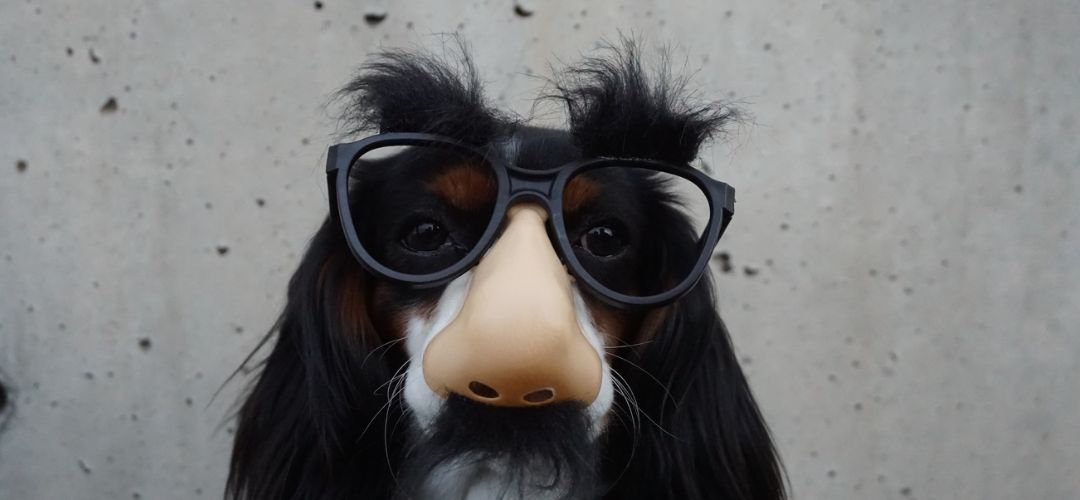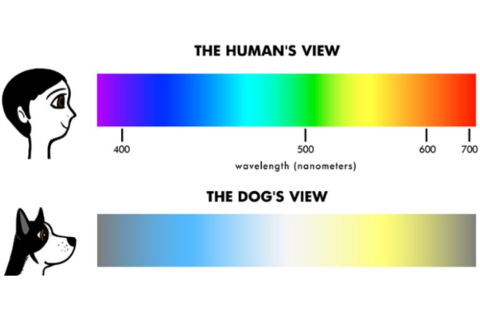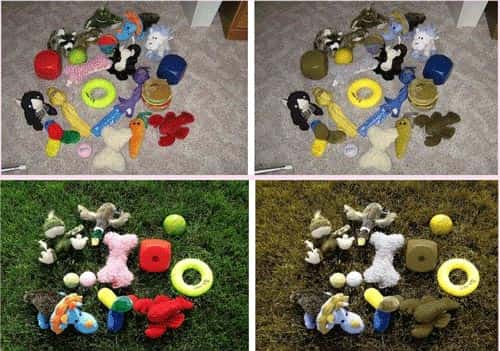A Look at Colour Perception in Canines
Have you ever wondered what the world looks like through a dog’s eyes? It turns out that dogs perceive colour differently than humans, and understanding how they see colour can provide insight into their behaviour. Let’s take a look at how dogs view the world around them.
How Dogs See Colour
Dogs have two types of cone cells in their eyes, unlike humans, who usually have three. These are sensitive to blue and yellow light but not red or green. This means that while their colour vision is somewhat limited compared to ours, they do see colour—just different shades than what we are used to seeing. For example, it is thought that yellow appears brighter and more intense to dogs than it does to us.
That said, there is still much debate among scientists about how exactly dogs see colour because it is difficult to measure accurately using traditional methods. One study conducted by researchers at the University of California Davis suggests that while they may not be able to distinguish between red and green hues, they may recognise some shades of purple better than humans can. That same study also found that dogs can identify blues and yellows as distinct colours even if they lack the ability to differentiate between greens and reds.
Other visual differences between humans and dogs
Our canine friends may not see the world in quite the same way as we humans. While we can detect a wide range of colours and brightness, dogs are much less equipped to appreciate these differences – they miss out on those vibrant hues! On top of that, doggy eyesight is far more near-sighted than ours when looking at distant objects, meaning something that appears clear to us will appear blurred through their viewfinder.
The Impact of Colour Perception on Behaviour
Knowing how your pup perceives colour can help you understand why they react in specific ways when faced with certain visuals or objects in their environment. On walks, for instance, your dog might be more likely to pay attention if you wear something brightly coloured like yellow or blue because those colours will stand out more in their vision than other hues. Similarly, when playing fetch with your pup outdoors, opting for toys in bright colours like orange could prove helpful because these will be more visible against grassy backgrounds or other natural elements in comparison with items like red balls, which may blend into surroundings more easily due to their lower visibility levels for dogs.
In conclusion, while our canine companions don’t perceive the world quite as vividly as we do due to their limited number of cone cells in their eyes compared to ours, understanding how our furry friends view colours can help us interact with them on a deeper level and even improve our relationship with them over time! Understanding a dog’s perception of colour provides insight into why they behave in specific ways when presented with certain visuals and objects, so keep this information in mind when interacting with your pup
How about picking a new dog toy?
See if your dog reacts differently to new colour choices.
Shop online at Wags and Wiggles



